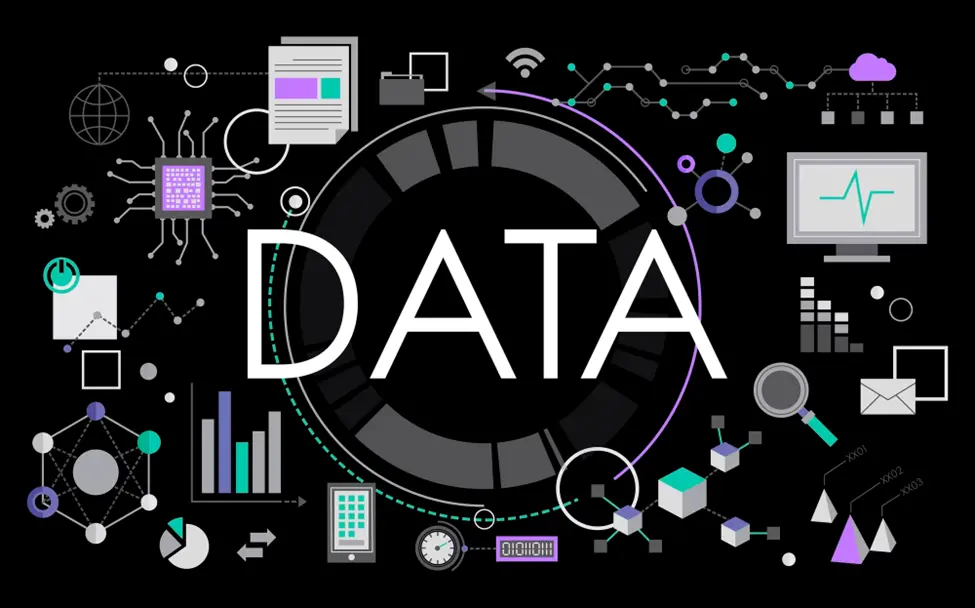Navigating the competitive business landscape without using quality data is like running a marathon blindfolded. All you can do is let instincts guide you. But you never know where exactly you are heading.
A completely different story happens to companies using data web mining. They are empowered with data-driven insights. So they gain a clearer vision of the race ahead.
We bet you want to be on the side where data is in the spotlight. That’s why you are here. We are glad to share our expertise and hope this will help you grasp the meaning data mining and its importance for your business. So let’s get started.
What Is Data Mining?
Without exaggeration, data mining is like a treasure trove for your business. With this process, you can learn more about your customers and improve their experiences. Or you can scrape data to study the market to adjust your own course of action. Discover fresh opportunities. Predict trends so that they don’t catch you off guard. And whatnot. So, what is data mining?
In simple words, the definition of data mining suggests that this is a process of extracting meaningful insights from massive amounts of raw data.
How Data Mining Works
At its core, data mining means employing sophisticated algorithms. But it’s worth noticing that they frequently go hand in hand with machine learning techniques. Machine learning helps the algorithm to get smarter and adapt as they process more data.
This process covers both structured, semi-structured, and unstructured data. What are these? Structured data refers to information organized in a specific format (spreadsheets or databases). Unstructured data includes information that lacks a predefined structure (text documents, social media posts, or multimedia files).
Breaking Down Data Mining Process
Mining data is not a haphazard process. Instead, it has a specific flow of tasks that lets you achieve optimal results. Here is how data analysts usually get the job done.
- Business understanding. Identify the problem or objective you want to address. You must determine your goals and requirements, which will shape the data mining project scope.
- Data collection. Experts gather relevant data from various sources (internal databases, external data sources, or even social media platforms).
- Data preparation. Data analysts clean, preprocess, and transform data into a format suitable for analysis. To be more specific, they remove duplicate entries, and convert data types, among other tasks.
- Data exploration. Specialists explore the prepared dataset to gain a better understanding of its characteristics. This often involves visualizing the data through charts, graphs, or other representations. They also perform descriptive statistics.
- Model building. Data analysts pick machine learning models or statistical algorithms that will help address the identified business problem or objective.
- Model evaluation. Experts evaluate the effectiveness of the selected models. They compare their performance against a set of predefined criteria.
- DDeployment. The models are integrated into the business processes or systems. Sometimes, this may involve data transformation to fit the internal tech ecosystem better.
- Monitoring and maintenance. As new data becomes available, models may need to be updated or retrained to maintain their accuracy and relevance.

Web Scraping vs Data Mining: Difference
Among other data processing techniques, you probably encountered the concept of web scraping. But how do web scraping vs data mining compare? Let’s delve into the chart below to see the similarities and differences.
| Web Scraping | Data Mining | |
|---|---|---|
| Concept | Extracting data from websites | Analyzing and extracting patterns, trends, and insights from data |
| Primary focus | Data collection | Data analysis and interpretation |
| Data sources | Primarily web-based content | Various sources, including databases, text files, and APIs |
| Data type | Mainly structured data (HTML, XML, etc.) | Both structured and unstructured data |
| Process | Crawling websites and downloading specific data | Applying algorithms and machine learning to find hidden patterns |
| Tools & technologies | Web scraping tools, HTML parsers, web browsers | Data mining software, machine learning frameworks, statistical tools |
As you see, web scraping and data mining are distinct processes. Though, they can be used together. Web scraping can provide the raw data needed for data mining. While data mining can analyze and extract insights from the data collected through web scraping.
Where Is Data Mining Used?
There is hardly an industry that won’t benefit from incorporating data mining in its flows. For example, if you are into retail, you can analyze customer purchasing behavior, optimize pricing strategies, and improve inventory management with data mining. Medical staff may want to use this technique to identify disease patterns, predict patient outcomes, and optimize treatment plans. In the manufacturing sector, you can use data mining to optimize production processes, reduce waste, and enhance product quality.
But that’s not all. You can apply data mining web sites in finance, marketing, telecommunication, you name it.
Conclusion
Data mining is a powerful tool you can’t ignore if you want to tap into the hidden potential of your data. So, if you’re ready to transform your raw data into actionable insights, welcome to Nannostomus. We’ll unlock new opportunities in the modern data-driven landscape for you.




